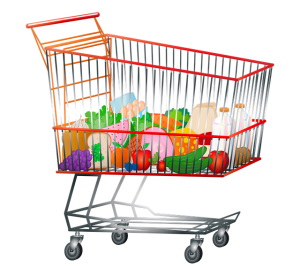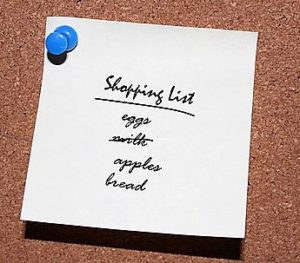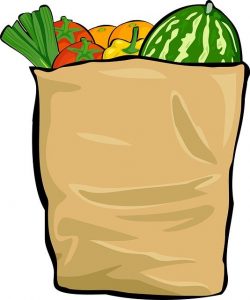 With uncertainty brought about by the coronavirus pandemic, you may need to make some changes to the way you stretch your food dollar. Job loss and fear of overspending are some of the factors that are impacting our finances. With food being essential, understanding how to make the most of your food dollar can help.
With uncertainty brought about by the coronavirus pandemic, you may need to make some changes to the way you stretch your food dollar. Job loss and fear of overspending are some of the factors that are impacting our finances. With food being essential, understanding how to make the most of your food dollar can help.
With a little planning and strategy, shoppers can stretch their food dollar and get the most bang for their buck. Shoppers can consider the following steps to get started.
Budget
First, determine how much you have to spend on food each week, and work from that. You may never have had a food budget before; given the current situation, you may find you need to plan a specific amount to spend on food.
Plan Your Weekly Meals
Planning for and shopping every seven to ten days is recommended. This avoids visiting the grocery store too frequently during the time of social distancing.
- Take inventory of what you have and plan meals.
- Check your cabinets, refrigerator, and freezer to see what you already have.
- Plan to use fresh produce first, using canned or frozen produce later in t
 he week.
he week.
- Think about meals or recipes that you can double or that can be used for multiple meals.
- Using a meal plan worksheet can help with planning.
- Make a grocery list based on the meal plan.
- Be prepared to substitute ingredients that are not available.
Shop Smart
Before shopping, check for your grocery store promotions and available coupons. Inquire about joining a store’s loyalty program online to take advantage of additional digital discounts for members.
- Read the expiration date on packaged foods and choose those with the latest expiration date, so they last longer.
- When buying fruits and vegetables, choose in-season pr
 oduce when able.
oduce when able.
- A seasonal produce guide may provide more guidance.
- Consider canned and frozen fruits and vegetables.
- These products are just as nutritious as fresh, often cost less, and store longer.
- Choose fruit canned in 100% fruit juice and vegetables with “low-sodium” or “no salt added” on the label.
- Canned or dried beans and lentils; canned fish like tuna, salmon, and sardines; and eggs are all low-cost and healthy protein foods.
- Whole grain pastas, brown rice, corn meal, and whole oats are all budget- friendly whole grains. Check ingredient lists and pick the items that have a whole grain listed first.
- Choose low- fat or fat-free milk. They provide just as much calcium, but fewer calories than whole and 2% milk.
- If you enjoy yogurt, buy the larger size of low-fat plain yogurt instead of individual flavored yogurt. Then add your own flavors by mixing in fruits. Not only does it cost less, but also eliminates added sugars.
Understand Unit Pricing Before Purchasing
The price an item costs per pound, ounce, quart, etc. is called the unit price. The unit price is helpful in comparing two items. The unit price is next to the retail price, highlighted in a yellow or red box. Look at this price to compare two items to see which is a better deal.
With a little planning and strategy, shoppers can stretch their food dollar to get the most for their money.
 If you are in need of food assistance, contact your local Human Services Department, or visit the links below:
If you are in need of food assistance, contact your local Human Services Department, or visit the links below:
- Colorado Department of Human Services: https://www.colorado.gov/pacific/cdhs/colorado-food-assistance-and-covid-19
- The Colorado Program Eligibility and Application Kit (Colorado PEAK): https://coloradopeak.secure.force.com/


Good timing on this article due to current pandemic and stretching our dollars.